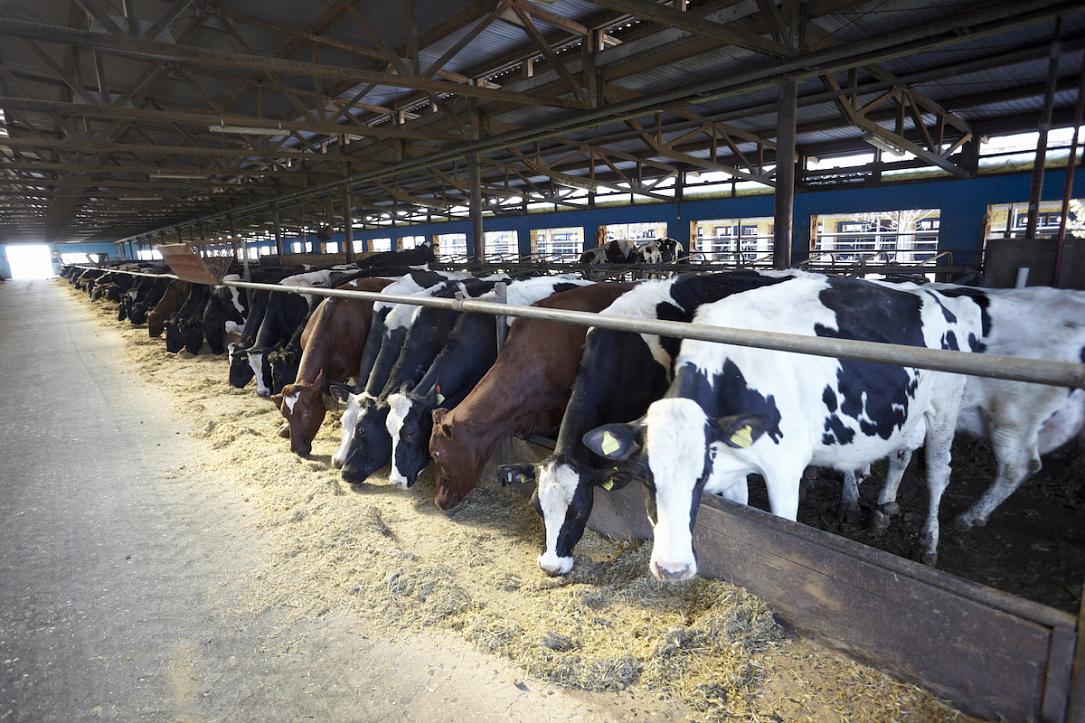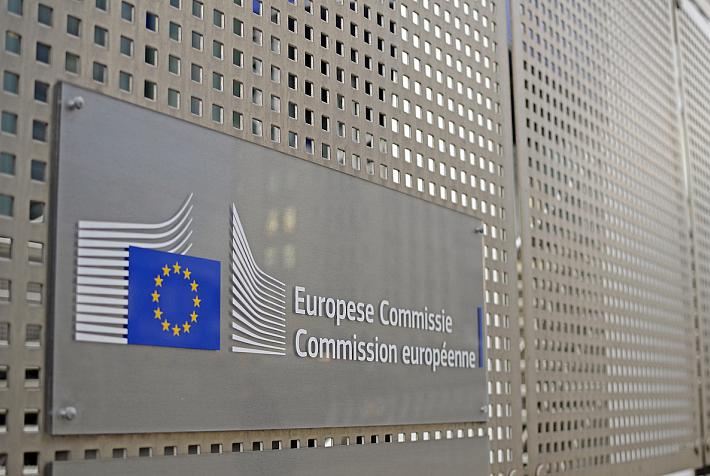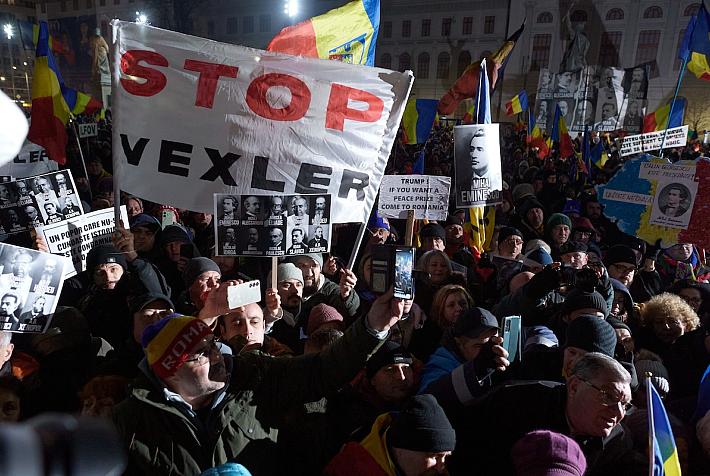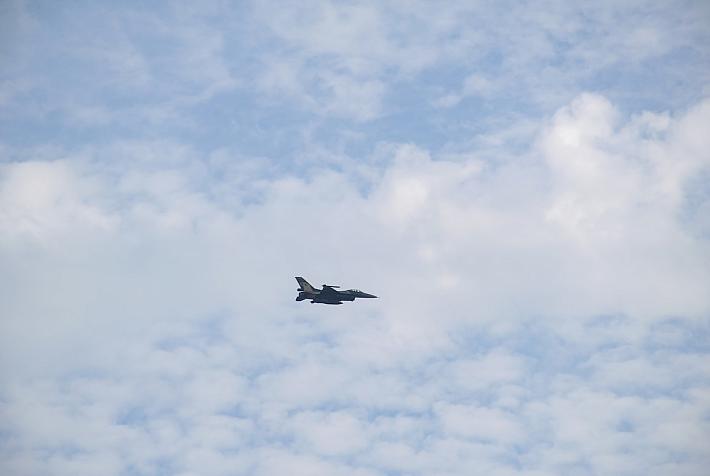Polish cattle farmers get subsidies nearly twice as high as in Romania

The massive imports of Polish milk and dairy products, among others, are explained by the much higher subsidies received by the cattle farmers in Poland compared to their peers in Romania, according to a comparison carried out by Ziarul Financiar.
Thus, the coupled support for income, an intervention provided for in the Common Agricultural Policy 2023-2027, in 2023, in Poland was 2,738 Polish zlotys/dairy cow, i.e., EUR 635, while in Romania, it was EUR 338, not much more than half.
In 2023, Poland granted a subsidy of EUR 407 per head of beef cattle compared to only EUR 279 in Romania.
Romanian farmers have repeatedly asked for subsidies equal to those of the other EU members, and the politicians sent to Brussels initiated negotiations and, theoretically, in 2020 the subsidies should have been equalized, something that never happened.
Insufficient financial support led to the decrease of livestock in Romania from 3 million cattle in 2007, when Romania joined the EU, to 1.8 million cattle at present. Not surprisingly, Romania imports 50% of the milk it needs.
At the same time, the number of cattle in Poland increased to 6.4 million in 2023, and the country ranks as the second source of milk imports in Romania.
iulian@romania-insider.com
(Photo source: Picsfive/Dreamstime.com)












